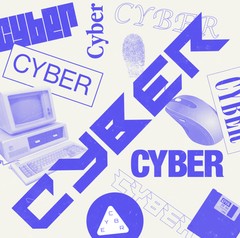Hacking. Disinformation. Surveillance. CYBER is Motherboard's podcast and reporting on the dark underbelly of the internet.
Advertisement
Advertisement
The AI systems were more likely to complete pixellated images of white men with career attire, while women were more likely to be completed with bikinis and low-cut tops.
Advertisement
